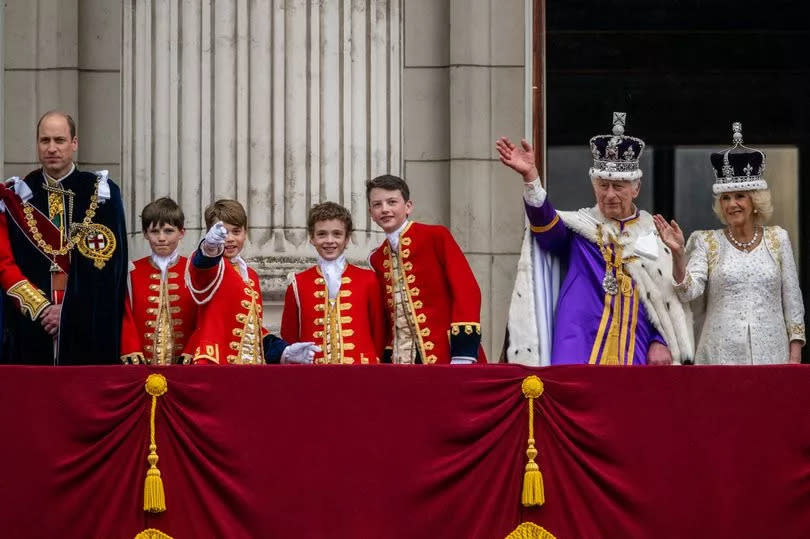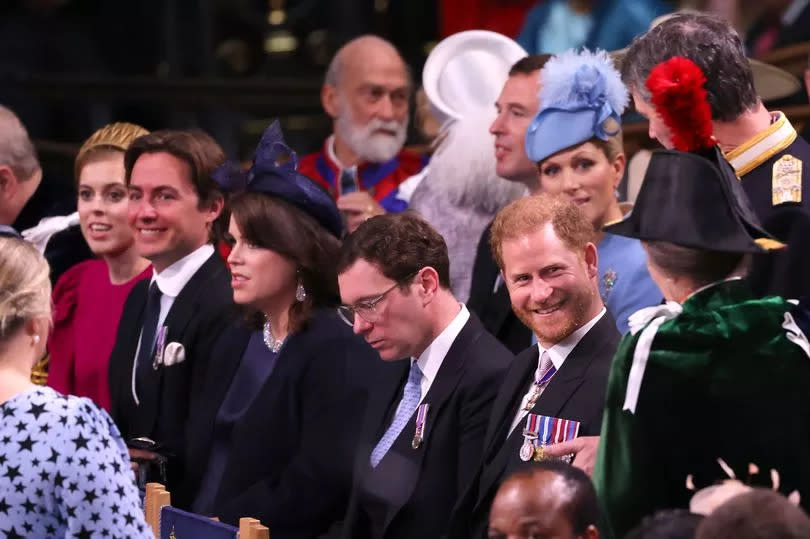Royal line of succession changes if late Queen had 'changed law' earlier on

If the late Queen had 'changed law' for Princess Anne instead of Charlotte, there would be a new line of succession.
The late Queen dramatically altered the future of the monarchy just two years before Princess Charlotte was born in 2015.
Princess Charlotte, who celebrated her ninth birthday on Thursday, May 2, made history when her younger brother Prince Louis was born in April 2018 - as she became the first female member of the Royal Family to retain her place in the Line of Succession above a younger brother.
This was due to the Succession to the Crown Act 2013, which replaced the system of male-preference primogeniture with absolute primogeniture for Royal children born after October 28, 2011 - effectively ending the practice of elder daughters being leapfrogged by younger sons in the pecking order.
The Act came into effect on March 26, 2015 after Queen Elizabeth gave it the seal of Royal assent - four years after Commonwealth nations unanimously approved the changes following Prince William and Kate Middleton's wedding and, crucially, just 41 days before Princess Charlotte was born.
Had the concept of "male primogeniture" been eradicated a few decades earlier prior to Princess Anne's birth, the trajectory - and future - of the Firm could have been drastically different. The present Princess Royal would have maintained her position behind elder brother King Charles at his birth, rather than dropping down the order when Prince Andrew and Prince Edward were born.
This would instigate a multitude of other variations.
The Express explored how dissimilar the Line of Succession may be if Queen Elizabeth sanctioned the pivotal legislation much earlier - before the arrival of her second offspring and sole daughter, Princess Anne - who is persistently crowned as the most hardworking member of the family.
What the royal line of succession could look like if the Succession to the Crown Act 2013 had been introduced earlier

William, Prince of Wales
Prince George
Princess Charlotte
Prince Louis
Prince Harry, Duke of Sussex
Prince Archie
Princess Lilibet
Princess Anne, Princess Royal
Peter Phillips, Princess Anne's eldest child
Savannah Phillips
Isla Elizabeth Phillips
Zara Tindall
Mia Tindall
Lena Tindall
Lucas Tindall
Prince Andrew
Princess Beatrice
Sienna Mapelli Mozzi, Princess Beatrice's child
Princess Eugenie
Prince Edward
Lady Louise Windsor, Prince Edward's daughter
James, Earl of Wessex
Get the latest celebrity gossip and telly news sent straight to your inbox. Sign up to our daily Showbiz newsletter here.

 Yahoo News
Yahoo News 
